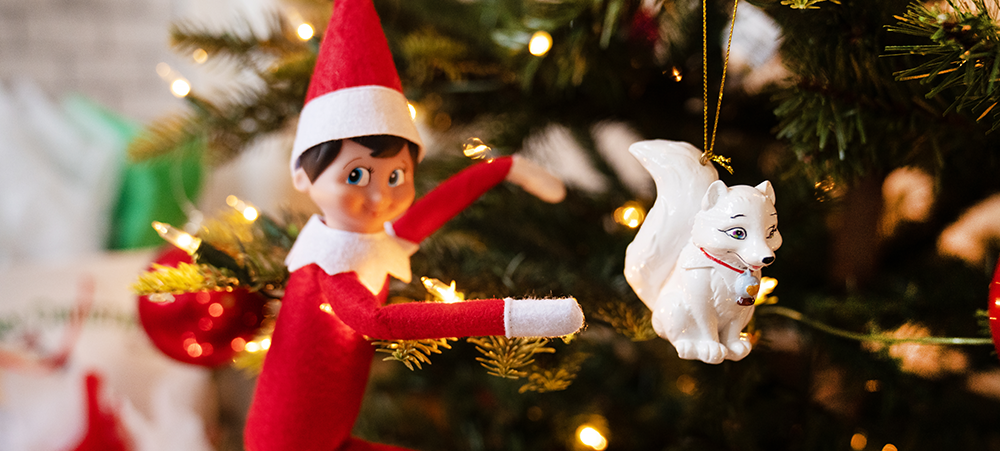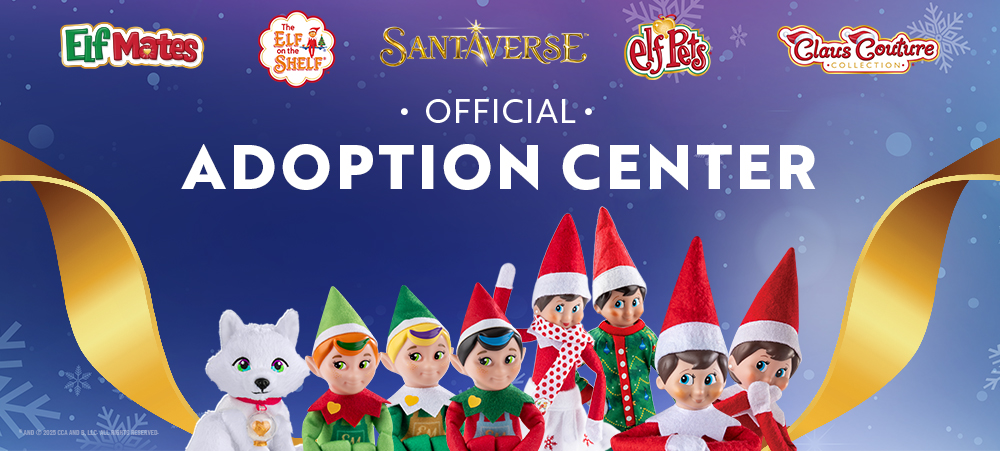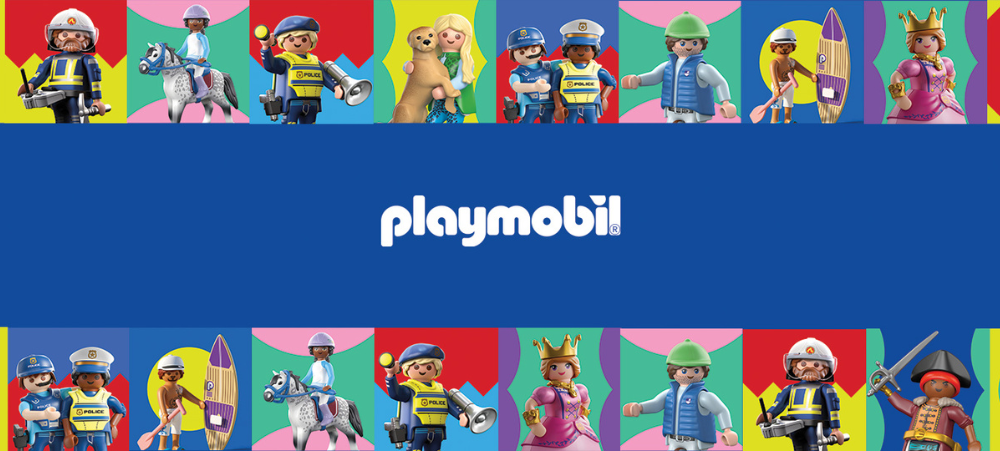 Mattel, Inc. today announced the addition of a Barbie doll with Down syndrome, created to allow even more children to see themselves in Barbie, as well as have Barbie reflect the world around them. The Barbie doll with Down syndrome is meant to inspire all children to tell more stories through play.
Mattel, Inc. today announced the addition of a Barbie doll with Down syndrome, created to allow even more children to see themselves in Barbie, as well as have Barbie reflect the world around them. The Barbie doll with Down syndrome is meant to inspire all children to tell more stories through play.
“As the most diverse doll line on the market, Barbie plays an important role in a child’s early experiences, and we are dedicated to doing our part to counter social stigma through play,” said Lisa McKnight, Executive Vice President and Global Head of Barbie & Dolls, Mattel. “Our goal is to enable all children to see themselves in Barbie, while also encouraging children to play with dolls who do not look like themselves. Doll play outside of a child’s own lived experience can teach understanding and build a greater sense of empathy, leading to a more accepting world. We are proud to introduce a Barbie doll with Down syndrome to better reflect the world around us and further our commitment to celebrating inclusion through play.”
To ensure the doll accurately represents a person with Down syndrome, Barbie worked closely with the National Down Syndrome Society (NDSS). NDSS empowers individuals with Down syndrome and their families by providing resources, driving policy change, engaging with local communities. NDSS’s guidance and real-world experiences informed the design process from start to finish, including the dolls sculpt, clothing, accessories, and packaging. The close partnership ensured the Barbie team celebrated individuals with Down syndrome through a doll that would immediately connect with the community.
“It was an honor working with Barbie on the Barbie doll with Down syndrome,” said Kandi Pickard, NDSS President and CEO. “This means so much for our community, who for the first time, can play with a Barbie doll that looks like them. This Barbie serves as a reminder that we should never underestimate the power of representation. It is a huge step forward for inclusion and a moment that we are celebrating.”
To celebrate the launch of the doll and to advocate for inclusion, visibility and understanding of people with Down syndrome, European ambassadors have joined Barbie to celebrate this important moment for the community. These include; Ellie Goldstein, Model (UK)1, Éléonore Laloux, City Counsellor & Author (France)2 and Enya, Model & Influencer (Netherlands)3 who have been captured in celebratory images and video, as they see the doll that represents them for the first time. The trio shared what this means for them and children just like them across the world.
Enya, from Netherlands said “As a child Barbie was a huge part of mine and my sister’s childhood, so the fact that there is now a Barbie that looks like me and that I can identify with is indescribable. It is so important that children become more aware about diversity and inclusion from a young age, showing there is not one ideal image. That you, I, and everyone, can be included, we are all beautiful, and that Down syndrome is a part of us, society, and the world.”
Ellie Goldstein, from the UK said “I am so happy that there is a Barbie with Down’s syndrome. Seeing the doll, I felt so overwhelmed – it meant a lot to me and I’m so honoured and proud that Barbie chose me to show the doll to the world. Diversity is important to me as people need to see more people like me out there in the world and not be hidden away.”
Counseled by NDSS, Barbie was purposeful with every design choice for the doll, including:
- Sculpt: This doll introduces a new face and body sculpt to be more illustrative of women with Down syndrome, including a shorter frame and a longer torso. The new face sculpt features a rounder shape, smaller ears, and a flat nasal bridge, while the eyes are slightly slanted in an almond shape. The doll’s palms even include a single line, a characteristic often associated with those with Down syndrome.4
- Fashion & Accessories: The doll’s puff sleeved dress pattern features butterflies and yellow and blue colors, which are symbols and colors associated with Down syndrome awareness. The doll’s pink pendant necklace with three upward chevrons represents the three copies of the 21st chromosome, which is the genetic material that causes the characteristics associated with Down syndrome. The three chevrons, or arrows, are a symbol that unites the Down syndrome community and are meant to represent “the lucky few” who have someone with Down syndrome in their life.
- Orthotics: The Barbie Fashionista doll with Down syndrome also wears pink ankle foot orthotics (AFOs) to match her outfit and her sneakers tout a zipper detail. Some children with Down syndrome use orthotics to support their feet and ankles, and NDSS provided a box of orthotics to serve as real-life inspiration for the ones this Barbie Fashionista is wearing, matched to her outfit and the bright colors in her design.
Children’s early experiences help shape their thoughts and perceptions – and Barbie can play an important role in this process. When a child plays with Barbie, they play out their dreams and imagine they can be anything. Doll play has an incredible purpose during key developmental stages as it may help set children on a course for success by allowing them to develop empathy – fueling social skills needed to excel as they imagine their futures with an equal playing field5. The Barbie doll with Down syndrome allows more children to see themselves in Barbie as well as the world around them, which can help foster a sense of inclusivity.
Barbie is the most inclusive doll line on the market – with over 175 looks offering a variety of eye colors, hair colors and textures, body types, disabilities, and fashions to tell more stories. Barbie has introduced dolls with vitiligo, dolls that use a wheelchair or a prosthetic limb, a doll with hearing aids and a doll without hair. This year, Barbie is continuing to represent global belonging and inclusivity with the full 2023 Fashionistas lineup, which also includes new dolls in a variety of body types including a new Fashionista doll wearing braces and a Ken Fashionista doll with a prosthetic leg.
We understand that there are many aspects that encompass a Mother, Father or Child and strive toward providing resources and services that accommodates this.
Our content is aimed to inform and educate families on issues starting from pregnancy through to the challenges of the teen-age years.
- Tiny Toons Looniversity Returns: Meet the Voice Behind Plucky and Hamton! - December 12, 2025
- From Pain to Possibility: Panado®’s New Marketing Campaign, Highlights The Joy Of Pain Relief - December 10, 2025
- Feeding Unicorns by Jeni-Anne Campbell: A bold new book for business leaders who care - December 9, 2025





